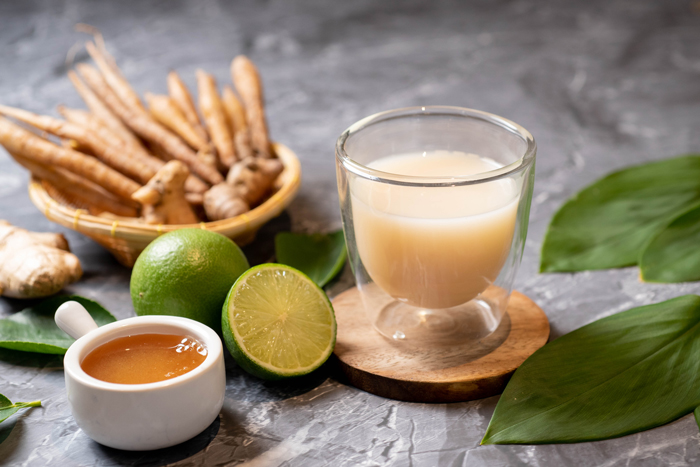What is cleaning detergent?
A detergent is a chemical substance use to break up and remove grease and grime. Today, detergents are more likely to be a mixture of synthetic chemicals and additives cooked up in a huge chemical plant. The most important ingredients in detergents are chemicals called surfactants.
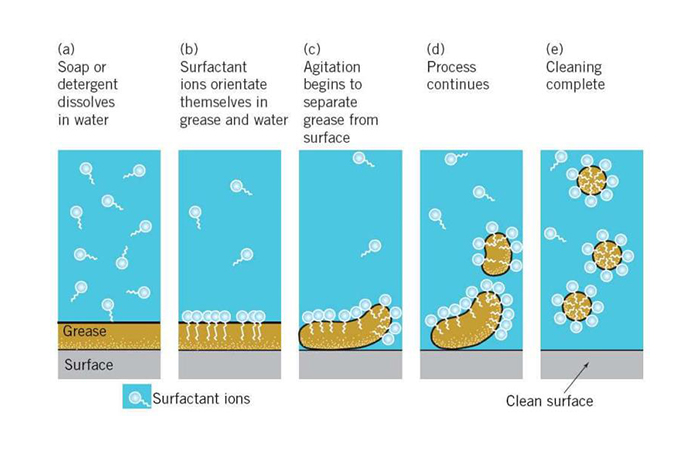
Fig. How to surfactant work
Surfactants are compounds that lower the surface tension between two liquids, between a gas and a liquid, or between a liquid and a solid. Surfactants may act as detergents, wetting agents, emulsifiers, foaming agents, and dispersants.
Type of surfactant
- Anionic surfactant (Negative charge)
e.g. sodium laureth sulfate, sodium myreth sulfate, Alkyl-aryl ether phosphates, dioctyl sodium sulfosuccinate and etc. - Cationic surfactant (Positive charge)
e.g. cetrimonium bromide, cetylpyridinium chloride, benzalkonium chloride, benzethonium chloride and etc. - Non-ionic surfactant (No charge)
e.g. Fatty alcohol ethoxylates, Alkylphenol ethoxylates, Alkyl polyglucosides and etc. - Amphoteric surfactant (contain both a positive and a negative charge)
e.g. cocamidopropyl betaine, phospholipids phosphatidylserine, phosphatidylethanolamine and etc.
Normally, surfactant was used many cleaning products such as soap, laundry, dishwashing, cosmetic and pharmaceutical. Surfactant have several origins for example, from natural (palm, coconut, corn), petroleum, chemical analysis and etc.
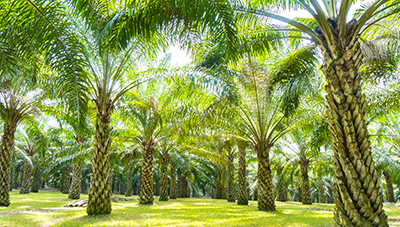
For our product, we use surfactant as cleaning and foaming detergent. We selected surfactant which origin from natural and petroleum because low toxic and low impact to skin(non-irritation). Moreover, they will biodegradable and not destroy natural.
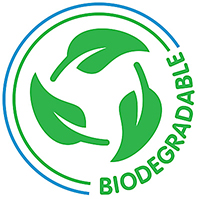
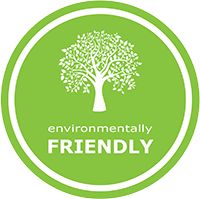

 +66(0)2136-5782
+66(0)2136-5782


